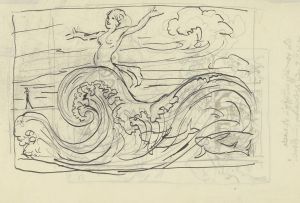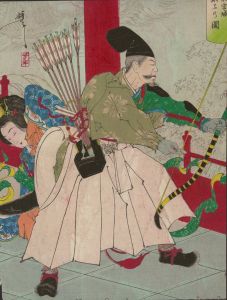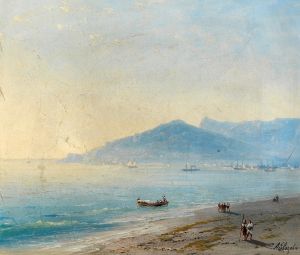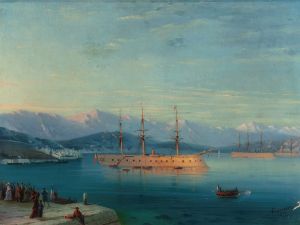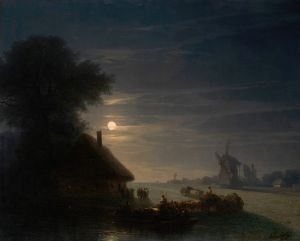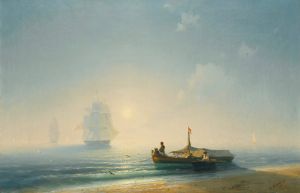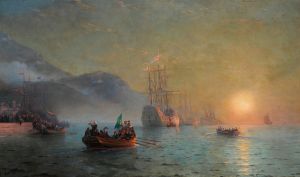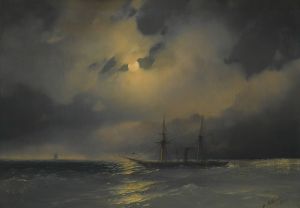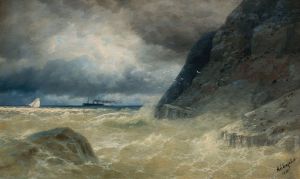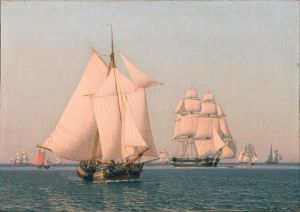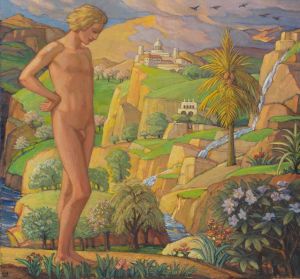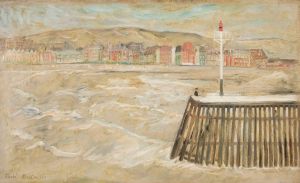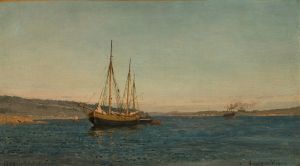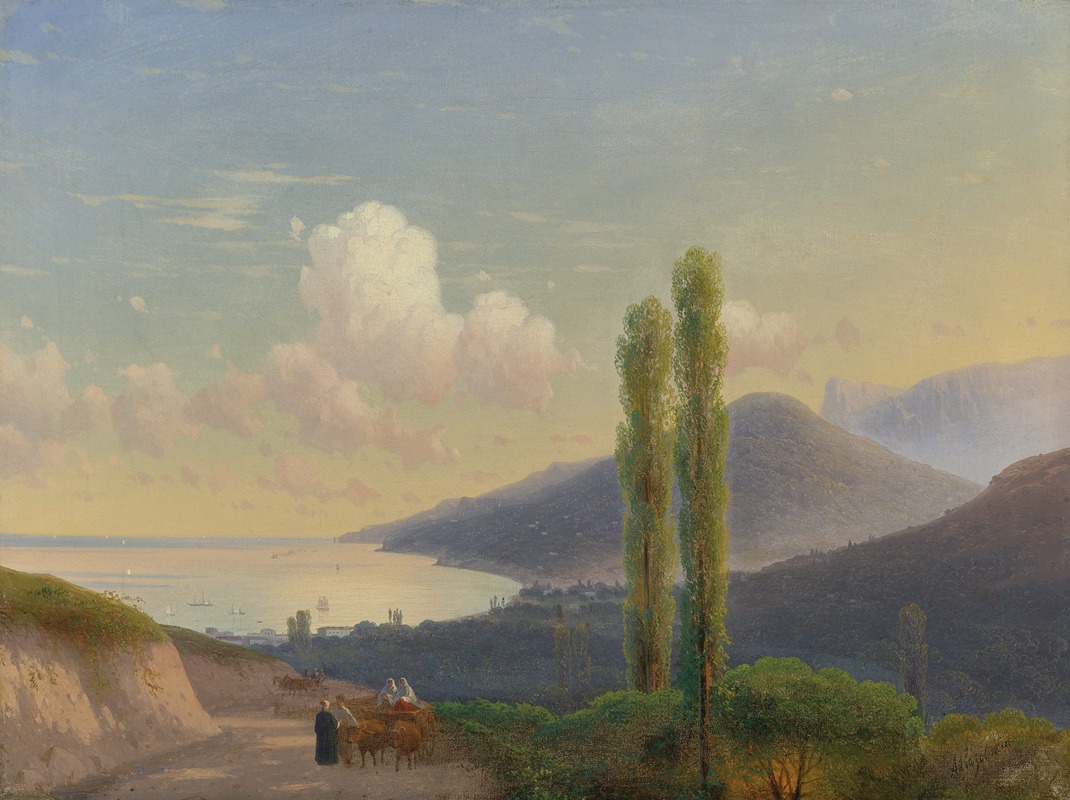
The Road To Gurzuf, Crimea
A hand-painted replica of Ivan Konstantinovich Aivazovsky’s masterpiece The Road To Gurzuf, Crimea, meticulously crafted by professional artists to capture the true essence of the original. Each piece is created with museum-quality canvas and rare mineral pigments, carefully painted by experienced artists with delicate brushstrokes and rich, layered colors to perfectly recreate the texture of the original artwork. Unlike machine-printed reproductions, this hand-painted version brings the painting to life, infused with the artist’s emotions and skill in every stroke. Whether for personal collection or home decoration, it instantly elevates the artistic atmosphere of any space.
Ivan Konstantinovich Aivazovsky was a renowned Russian Romantic painter, celebrated for his masterful seascapes and coastal scenes. Born in 1817 in Feodosia, Crimea, Aivazovsky became one of the most prominent artists of the 19th century, with a prolific career that spanned over six decades. His works are characterized by their dramatic use of light, vivid colors, and the ability to capture the dynamic and often tumultuous nature of the sea.
"The Road to Gurzuf, Crimea" is one of Aivazovsky's many paintings that depict the Crimean landscape, a region that held personal significance for the artist. Aivazovsky spent much of his life in Crimea, and the region's natural beauty served as a continual source of inspiration for his work. Although specific details about "The Road to Gurzuf, Crimea" are limited, it is consistent with Aivazovsky's style to incorporate elements of the natural environment, such as the sea, sky, and coastal features, into his compositions.
Gurzuf is a small town located on the southern coast of Crimea, known for its picturesque scenery and historical significance. During Aivazovsky's time, Gurzuf was a popular destination for artists and travelers seeking the serene beauty of the Crimean Peninsula. The town's proximity to the Black Sea and its dramatic landscape, featuring rocky cliffs and lush vegetation, made it an ideal subject for Aivazovsky's artistic exploration.
Aivazovsky's paintings often reflect his deep appreciation for the interplay between light and water, and his ability to convey the mood and atmosphere of a scene is evident in his works. His technique involved the use of vibrant colors and meticulous attention to detail, which allowed him to create realistic yet emotionally evocative images. In "The Road to Gurzuf, Crimea," it is likely that Aivazovsky employed these techniques to capture the essence of the Crimean landscape, highlighting the region's natural beauty and its connection to the sea.
Throughout his career, Aivazovsky produced thousands of paintings, many of which are housed in major museums and private collections around the world. His legacy as a master of marine art endures, and his works continue to be celebrated for their technical brilliance and emotional depth. Aivazovsky's connection to Crimea and his ability to capture the spirit of the region in his art have cemented his status as one of the most important figures in Russian art history.
While specific information about "The Road to Gurzuf, Crimea" may be limited, the painting is a testament to Aivazovsky's enduring fascination with the Crimean landscape and his unparalleled skill in depicting the natural world. His contributions to the art world remain influential, and his works continue to inspire admiration and appreciation from audiences worldwide.





